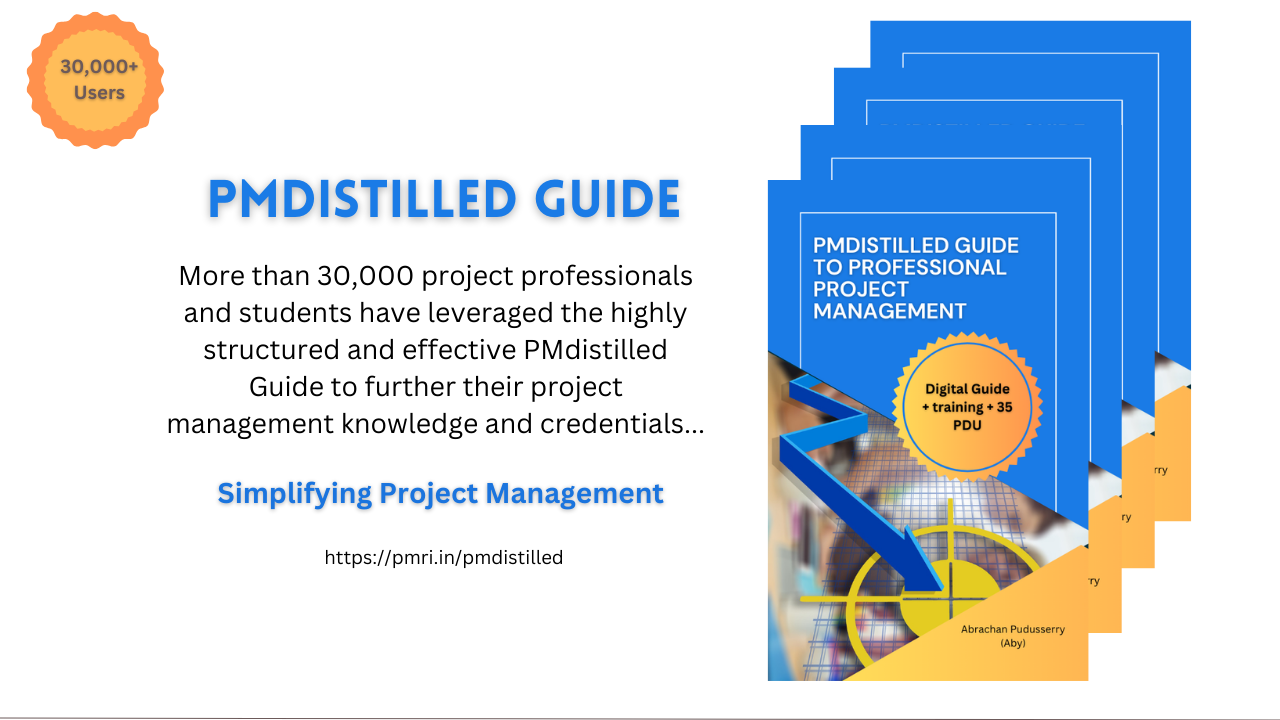Manage HSE
Managing Health, Safety, and Environment (HSE) is crucial for ensuring the well-being of project stakeholders, protecting the environment, and complying with relevant regulations and standards. Here are key steps and techniques for managing HSE effectively:
- Risk Assessment and Management:
- Conduct comprehensive risk assessments to identify potential health, safety, and environmental hazards associated with the project.
- Evaluate risks based on their likelihood and severity, and prioritize them for mitigation.
- Develop risk management plans to address identified hazards, including control measures, mitigation strategies, and emergency response procedures.
- Regulatory Compliance:
- Stay informed about relevant health, safety, and environmental regulations, laws, and standards applicable to the project.
- Ensure compliance with regulatory requirements by establishing procedures, protocols, and practices that adhere to legal obligations.
- Obtain necessary permits, licenses, and approvals for activities that may impact health, safety, or the environment.
- HSE Policies and Procedures:
- Develop and implement HSE policies, procedures, and guidelines that define roles, responsibilities, and expectations for HSE management.
- Communicate HSE policies to all project stakeholders and ensure understanding and adherence to them throughout the project lifecycle.
- Training and Awareness:
- Provide HSE training and awareness programs for project personnel, contractors, and other stakeholders to promote a culture of safety and environmental stewardship.
- Ensure that all individuals involved in the project are equipped with the necessary knowledge, skills, and resources to identify and mitigate HSE risks effectively.
- Hazard Identification and Control:
- Regularly identify and assess workplace hazards, including physical, chemical, biological, and ergonomic risks.
- Implement engineering controls, administrative controls, and personal protective equipment (PPE) to minimize or eliminate hazards and prevent accidents or injuries.
- Emergency Preparedness and Response:
- Develop emergency preparedness and response plans to address potential HSE emergencies such as fires, spills, releases, and medical incidents.
- Conduct emergency drills, simulations, and exercises to test the effectiveness of emergency response procedures and enhance readiness.
- Monitoring and Measurement:
- Implement monitoring and measurement systems to track HSE performance indicators, such as incident rates, near misses, environmental emissions, and compliance metrics.
- Regularly monitor and analyze HSE data to identify trends, areas for improvement, and opportunities for preventive action.
- Continuous Improvement:
- Foster a culture of continuous improvement by encouraging feedback, suggestions, and lessons learned related to HSE performance.
- Conduct regular HSE reviews, audits, and inspections to identify strengths, weaknesses, and areas for enhancement in HSE management practices.
- Stakeholder Engagement:
- Engage with stakeholders, including employees, contractors, regulatory agencies, local communities, and other interested parties, to solicit input, address concerns, and promote transparency in HSE management.
- Documentation and Reporting:
- Maintain accurate and comprehensive records of HSE activities, incidents, investigations, and corrective actions.
- Report HSE performance and compliance data to relevant stakeholders, regulatory authorities, and project sponsors as required.

